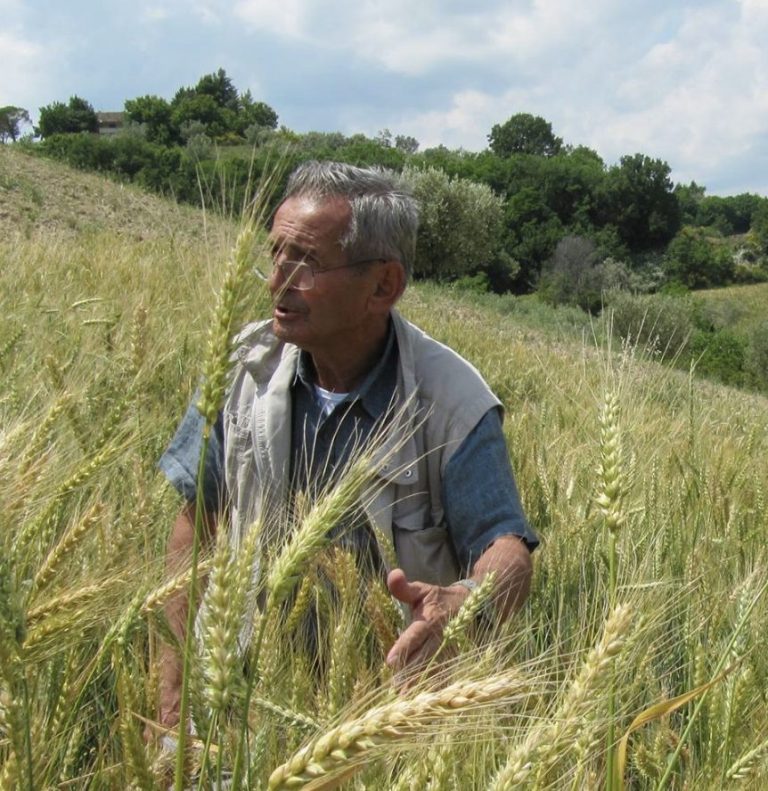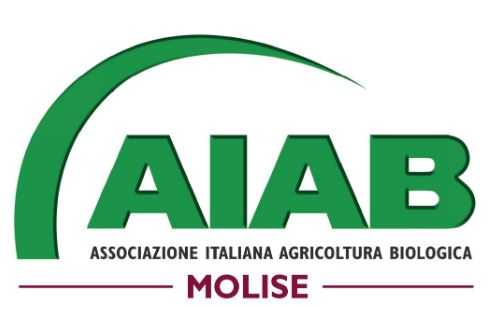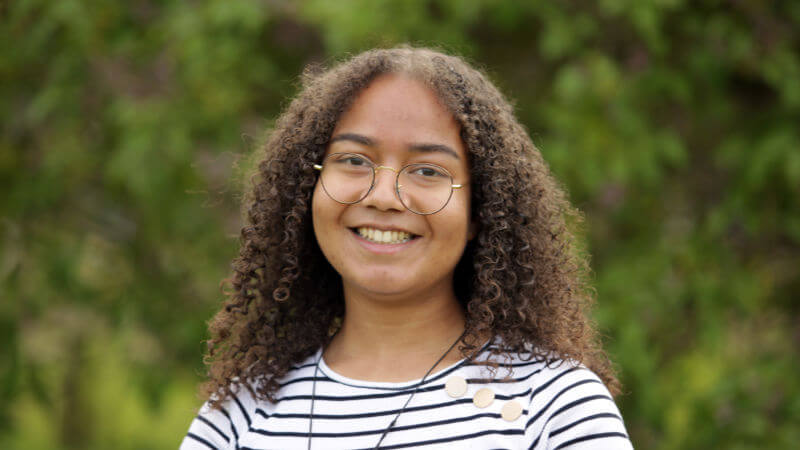
What are the main projects or organisations you are currently involved in? Can you briefly present their activity and your function?
I am currently working as a consultant with the Alliance Bioversity International and CIAT in six countries (Uganda, Ethiopia, Jordan, Iran, Nepal and Bhutan) on a project on dynamic mixtures and evolutionary populations with ALSIA (Lucana Agency for the Development and Innovation in Agriculture) and with AIAB (the Italian Association of Organic Agriculture); with the University of Parma and the University of Ancona. I am developing and implementing agricultural research projects, conducting training and writing reports and scientific papers.
How is your work or organisation related to legumes?
The project of the Alliance Bioversity International and CIAT is dealing with beans in Uganda, Bhutan and Nepal, Alsia is working on local climbing beans and AIAB on chickpea.

What are some findings and what is interesting about those legumes?
In some countries (such as Nepal and Bhutan) the idea of dynamic mixtures and evolutionary populations was completely new and the merit of the project was to introduce scientists and farmers to a new way of re-introducing biodiversity in agriculture. Both farmers and scientists have already seen some agronomic advantages in the mixtures, such as yield stability and disease resistance.
How do you proceed for some of the experimentations? Do you have trial fields? Where are they located?
We conduct field trials in farmers’ fields in several locations: 12 in Uganda, 3 in Ethiopia, and Jordan, 4 in Iran (2 for rice), 5 in Bhutan and 3 in Nepal. The trials are conducted according to experimental designs so that the data can be statistically analyzed and published in refereed Journals.
The University of Parma is looking at the effect of rotation with different legumes on the evolution of populations of wheat, and the University of Ancona studies the co-evolution of cereal and legume populations in intercropping.
What fact(s) about legumes do you find most compelling for their promotion?
To accept the idea the diversity is good for our health and the standardization of food is not needed, neither for our health nor for the heath of the planet. Legumes mixtures seem to have an interesting market perspective as their flavor and taste are superior, they are more resilient and more resistant to pests.
I remember from our event “Mix it! Advantage of legume mixtures” that there were some packages of seeds according to cooking times. Is this still a point of concern? Are bean mixtures already commercialized?
Yes indeed. Basilicata, ALSIA has distributed more seeds of bean mixtures because of the commercial success.
Are there already specific events that are planned this year or next year?
On the 24th of this month there will be a Biodiversity day in Rotonda (PZ), in Basilicata, where students and farmers will score the dry seed of 11 mixtures and one local bean variety, a seed saver farmer will be given a prize, and I and my wife will present a 80 pages report on 5 years work on mixtures of climbing beans.
How did you come to work in that field?
I did not fall in love with legumes but with an idea that can be applied to every crop. The ALSIA scientists knew about my work with other crops and in 2017 came all the way to Central Italy to meet me and to ask whether I would be interested in organizing a participatory research in their region with climbing beans. I simply said yes and it all started from there!
Do you have a favorite legume and why?
My favourite legume is Cowpea (Vigna unguiculata), for its taste and its diversity.
Find Salvatore Ceccarelli’s partner page here.
Here’s the event on “Mix it!” that he presented.




